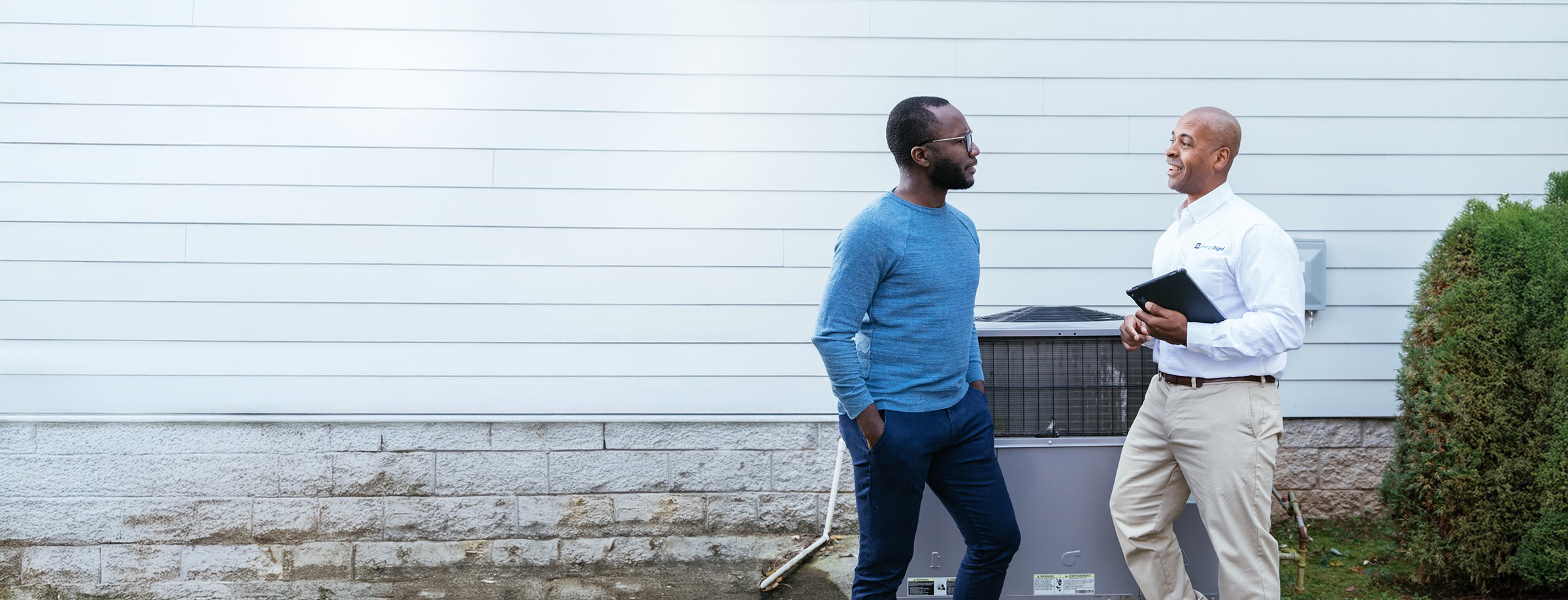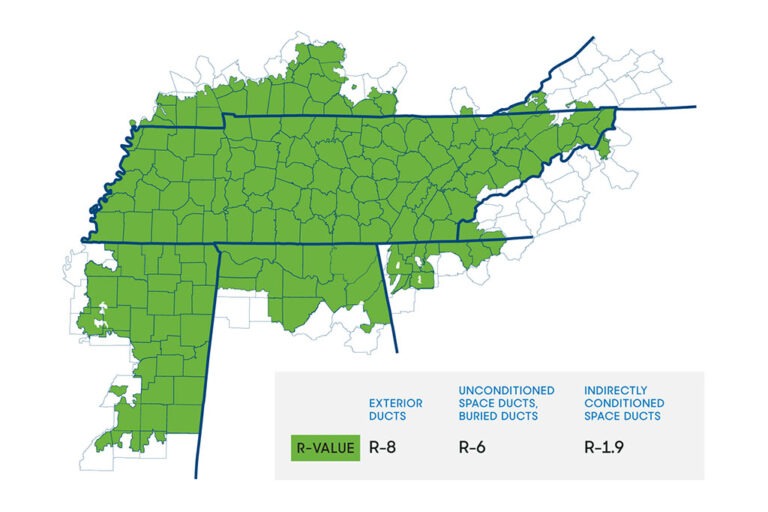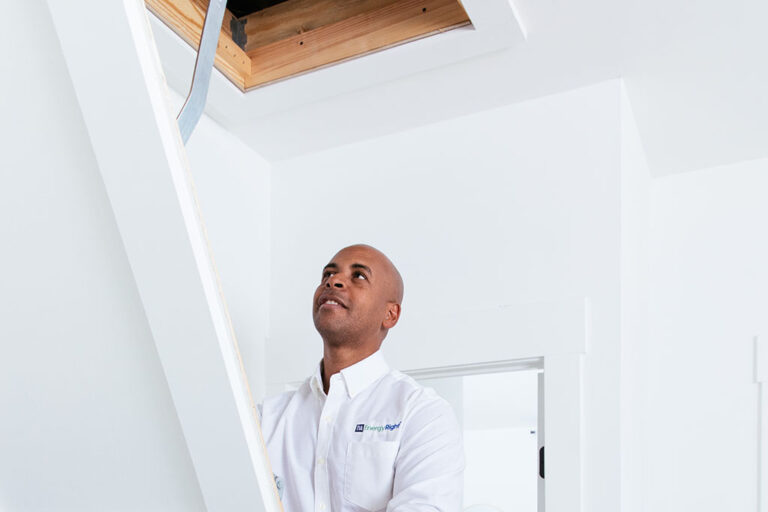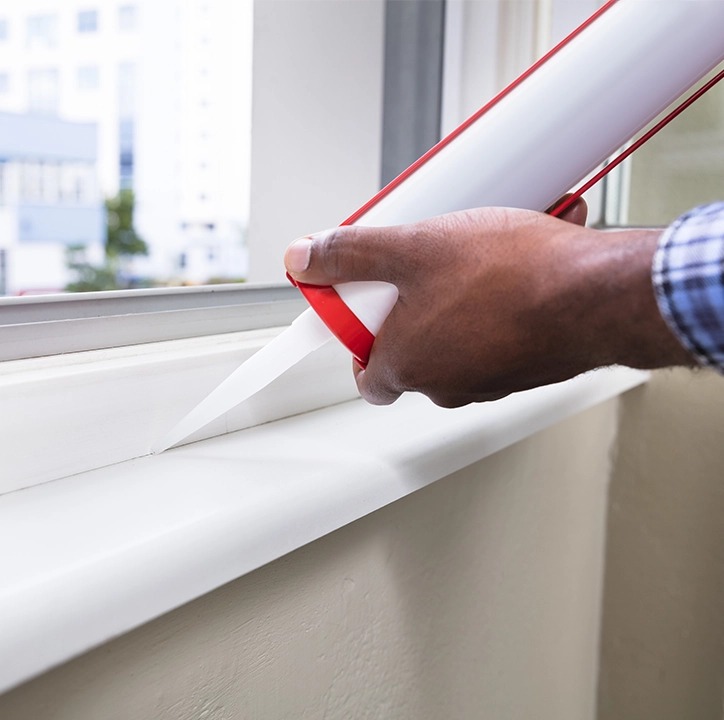
Duct sealing and insulation upgrades.
Sealing and insulating your heat and cooling system’s ductwork is a smart, affordable way to reduce energy waste and help your HVAC system work more efficiently year-round. Don’t miss out on a $300 duct sealing or replacement rebate from TVA EnergyRight® and your local power company.
Is it time to replace your heating and cooling equipment?
Leaky ducts can let up to 30% of the conditioned air that you’re paying for escape before it reaches its destination. That means higher energy bills, more strain on your HVAC system and uncomfortable hot or cold spots in your home. Sealing and insulating ducts — especially those located in attics, basements and crawlspaces — can improve your system’s efficiency and comfort levels almost immediately.
What you need to know about insulating and sealing your ducts.

Why duct sealing and insulation matter.
Your duct system carries heated or cooled air from your HVAC system to different rooms in your home. But if those ducts have holes, loose connections or are poorly insulated, conditioned air escapes before entering your home. Sealing duct leaks and adding insulation ensures that more of your energy dollars go toward your comfort — not into your crawlspace or attic.

What is an R-Value?
Duct insulation helps maintain the temperature of the air moving through your ductwork, especially in unconditioned spaces. It’s typically made from fiberglass or foil-backed materials and is rated using R-Values. The higher the R-Value, the better it resists heat transfer. In our southeastern region, R-1.9 to R-8 may be recommended, depending on the location of your ducts. A member of the Quality Contractor Network can help you determine the right R-Value for your ducts.
What types of duct insulation and sealing methods are commonly used?
Choosing the right duct insulation and sealing method depends on your home’s specific needs. Here are four of the most common types:

Duct maintenance, sealing and insulation that’s right for your home.
A member of the Quality Contractor Network can help you determine which type of duct sealing and/or insulation is right for your home. Here’s what you’ll need to know to get started.
Benefits of air sealing and insulation
Resources for all your home energy needs.
Check out these other helpful home energy services.

Financing

Rebates






